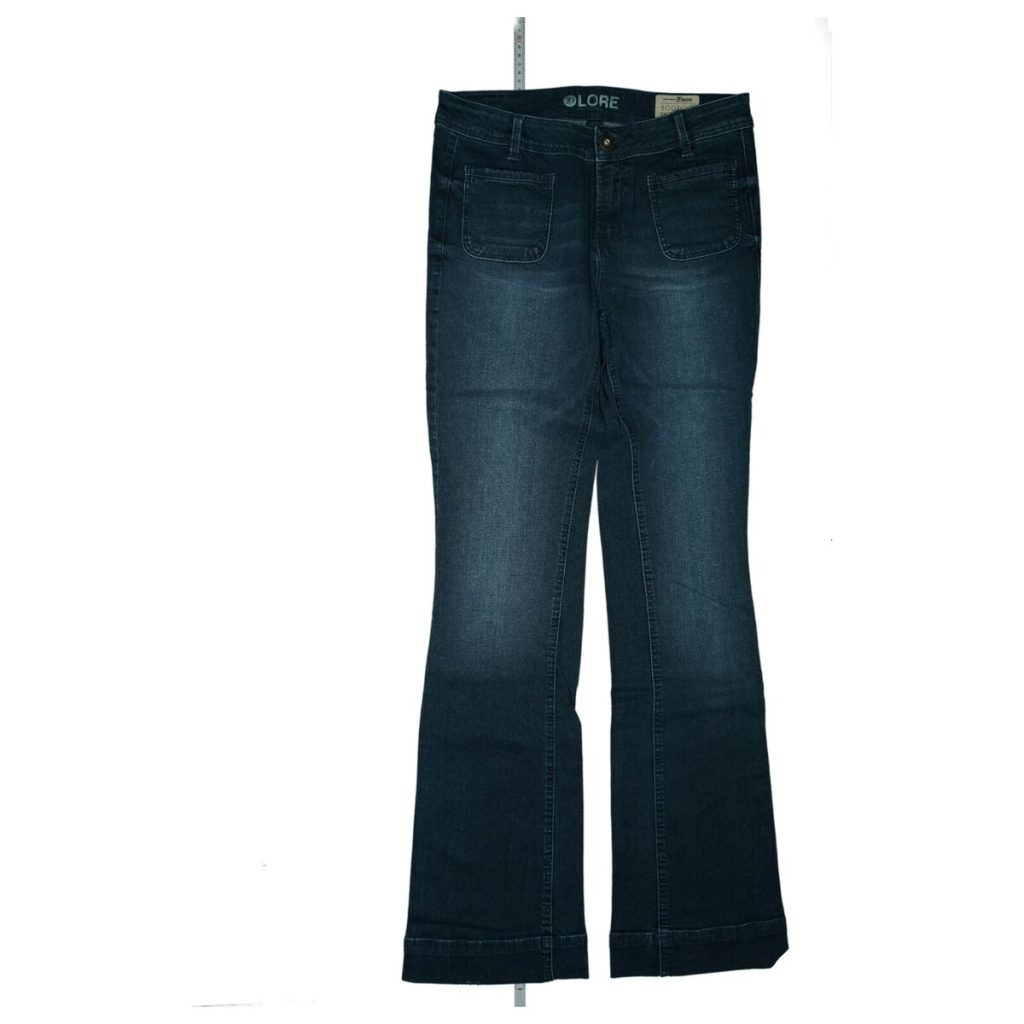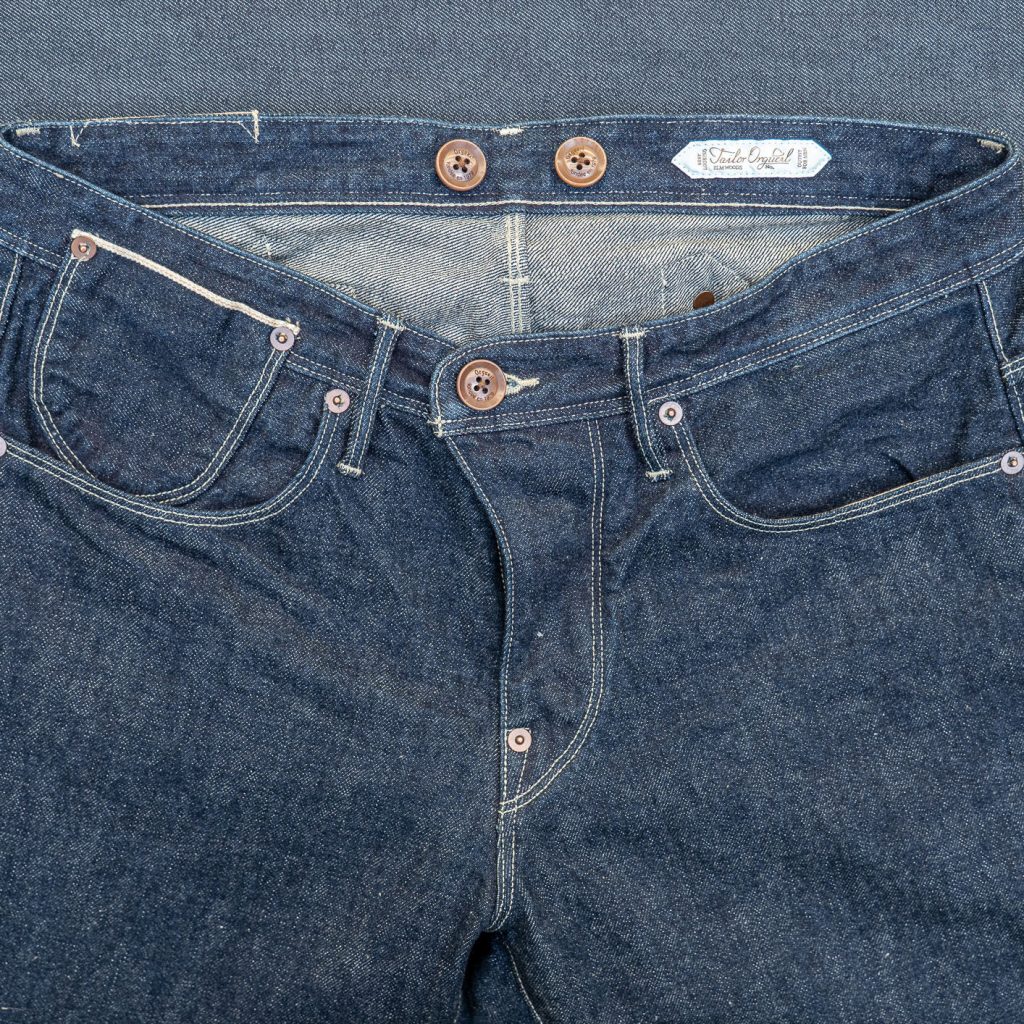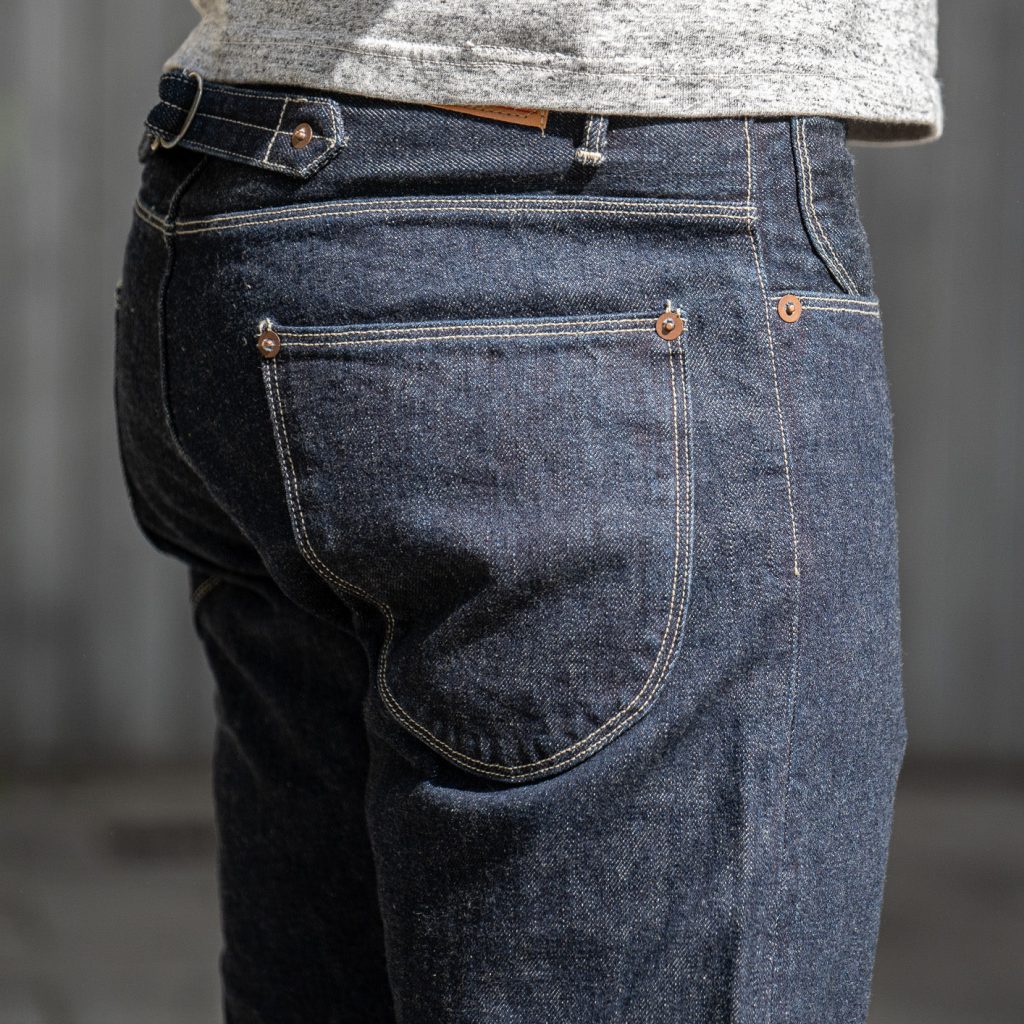Introduction to Tailoring Jeans
How to tailor jeans? Tailoring your jeans can transform their fit and comfort. Many people don’t realize that jeans, just like any other piece of clothing, can be adjusted to better suit individual body shapes. Whether it’s hemming to adjust the length, tapering to refine the leg shape, or altering the waist for a snug fit, tailor adjustments can make off-the-rack jeans look and feel custom-made. You don’t necessarily need to be an experienced tailor or have a sewing machine at home to make some basic alterations to your jeans. With some patience and the right tools, you can learn to do straightforward tweaks yourself, improving not only the look of your jeans but also your comfort and confidence when wearing them.

Knowing When to Tailor Your Jeans
How to tailor jeans? Before reaching for a needle or heading to a tailor, it’s key to know which jeans to alter. Tailoring is about perfecting fit, not completely reshaping a pair. Choose jeans already close in size to your ideal. Assess the waist, length, and width. If they’re just a bit off, alterations can make a large difference.
Starting with the Right Fit
Choose jeans that are snug but comfortable around your hips and thighs. Avoid jeans that are too tight; they can’t easily be let out. Too loose, and they may need extensive work. The right starting point means less altering and better results.
Importance of Pre-Wash
Always wash your jeans before tailoring. This eliminates any initial shrinkage and ensures the fit remains consistent post-alteration. Washing also removes excess dye, helping the tailor better match thread colors if hemming or tapering.
Hemming Techniques for Jeans
Achieving the correct length is essential for the perfect fit of jeans. Hemming is the process of adjusting the length of your jeans, and there are several techniques available. Understanding these methods will help you select the best option for your jeans’ style and fabric.
Standard Lockstitch Hem
A standard lockstitch hem is a basic alteration technique. It’s the most common and straightforward method used by tailors. This hem works well for those who want a simple, clean-cut finish. In this, a tailor uses a sewing machine to create a tight, locked stitch that secures the fabric.

Chainstitch vs. Original Hem
A chainstitch offers a durable and flexible hem, maintaining the jeans’ original look and feel. It’s favored by denim enthusiasts who appreciate the stitch’s characteristic ripple effect. However, not all tailors can perform a chainstitch, so it’s important to check in advance.
An original hem maintains the jean’s design and fading, especially in pre-washed or distressed styles. Tailors cut off and reattach the original hem after shortening to preserve the original aesthetics. This technique is ideal for maintaining the value and details of designer jeans.
The Art of Tapering Jeans
Tapering jeans is a common alteration. It makes the jeans slimmer from the crotch down to the hem. This alteration ensures that the jeans fit perfectly around your legs.
Tapering Below the Crotch
For a sleek silhouette, start tapering below the crotch. It’s key to maintain the fit around the hips and upper thighs. A tailor tapers by pinning and sewing along the inner leg. This method retains the original cut above the crotch while narrowing the lower sections.
Special Considerations for Selvedge Denim
Selvedge denim requires careful handling. The outer seam, or selvedge, is a denim’s signature. When tapering, adjust from the inseam to preserve this detail. This may cost more but is crucial for maintaining the denim’s integrity. Always check that your tailor is experienced with selvedge denim before proceeding.
Adjusting the Waist for a Perfect Fit
Achieving an ideal waist fit enhances comfort and style. Tailoring jeans at the waist can ensure they don’t slip or gape.
When to Take in the Waist
Alter the waist when jeans fit well elsewhere but are loose above the hips. This ensures jeans stay up without a belt.
Techniques for Waist Alteration
Use one of several methods to adjust jeans’ waist:
- Darts: Sew darts into the waistband to reduce width without affecting the seat.
- Elastic Method: For minor adjustments, add elastic inside the waistband for flexibility.
- Taking in at the Seam: A tailor can reduce waist size by altering the back seam. Essential to find a skilled tailor for this intricate work.
Tailoring jeans can make ready-to-wear feel custom-made. A well-fitting waistline adds to jeans’ lifespan and your confidence in wearing them.

Addressing the Seat Fit
Getting the seat right can be tricky. It’s about balancing fit and comfort in a pair of jeans. Here’s what to know.
Challenges and Solutions
Finding jeans with a perfect seat fit is often a challenge. Many people find jeans that fit their waist and legs but sag in the seat. This can lead to discomfort and a not-so-flattering look.
Solutions:
- Find a Skilled Tailor: If the seat needs a lot of work, it’s best to find a skilled tailor. Tailors can alter the seat for a better fit. Check their experience first.
- Avoid Extensive Seat Alterations: Try to buy jeans that fit well in the seat from the start. If they need small tweaks, that’s okay. Major changes? Better to find another pair.
- Reshaping the Seat: Minor adjustments are possible. Seamstresses can take in or let out the fabric at the seat seams. It’s a precise job.
- Buy for Seat Fit: Sometimes it’s best to shop based on how jeans fit your seat. Then adjust the waist or legs as needed.
Getting the seat fit right is about more than comfort. It also ensures your jeans look good and you feel confident. Pay attention to this area when shopping for or altering jeans.
DIY Tips for Jeans Tailoring
Taking on jeans tailoring at home can seem daunting. But, with practice and the right techniques, it becomes achievable.
Practice on Old Jeans
Start with a trial run on an old pair of jeans. This approach lets you practice without fear of ruining a favorite pair. As you try out hemming, tapering, or adjusting the waist, these practice jeans serve as your learning canvas.
Begin with simpler tasks. Adjusting length through hemming or slight waist alterations are good starting points. Gradually, move to more complex ones like tapering or detailed waist adjustments. Mistakes are part of the process and provide valuable lessons.
Tools and Stitches for Home Tailoring
Gather the right tools before you start tailoring your jeans. Strong, sharp scissors, a sturdy needle, and the right thread are essential. A sewing machine is helpful but not a must. For sewing denim, use a thicker needle, like a denim needle, for tough fabric.
Learn basic stitches. A straight stitch and a zigzag stitch are good for starters. These stitches can help you hem, patch, or take in jeans. If you’re working with selvedge denim, research how to preserve the edges. With the correct stitches and tools, you can perform home tailoring tasks effectively.

Final Thoughts on Jeans Tailoring
How to tailor jeans? Mastering how to tailor jeans means you can enjoy a custom fit. It boosts both comfort and appearance. Hemming, tapering, and waist adjustments transform store-bought jeans into unique pieces. Practice is key. Start with simple tasks on old jeans and work up to more complex alterations.
Having jeans that fit like a glove is worth the effort. It can make a standard pair look high-end. Always wash jeans first to prevent future fit issues. Remember, maintaining the original features, like selvedge and fades, is crucial for style. Skilled tailoring can preserve these details.
For DIY tailoring, gather the right tools. Sharp scissors and a thick needle are crucial. The right thread and sewing machine can make the job easier. Sturdy stitches, like straight and zigzag, cover most needs.
